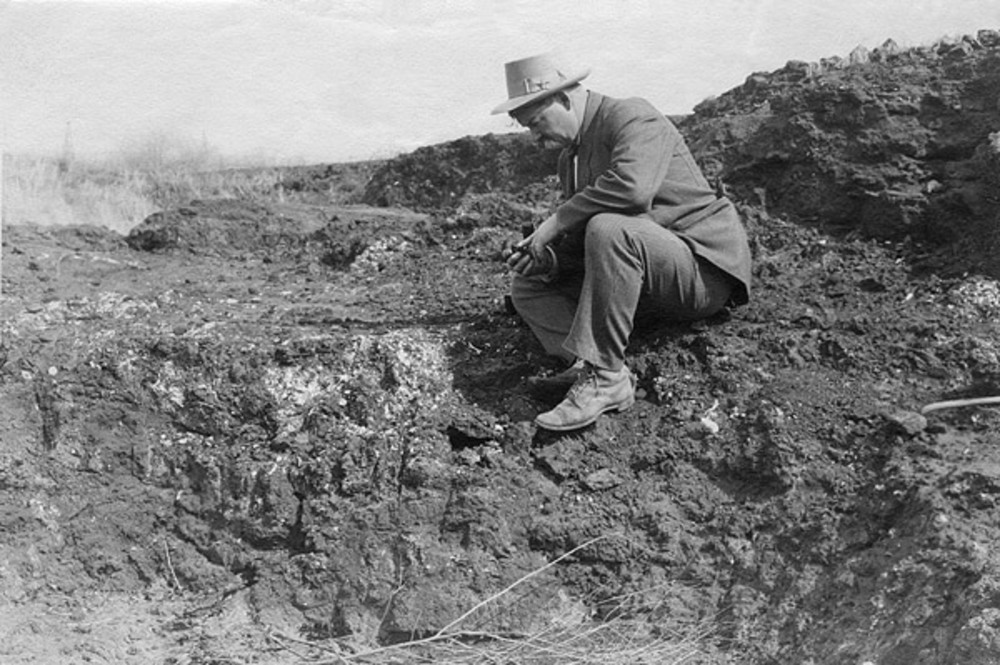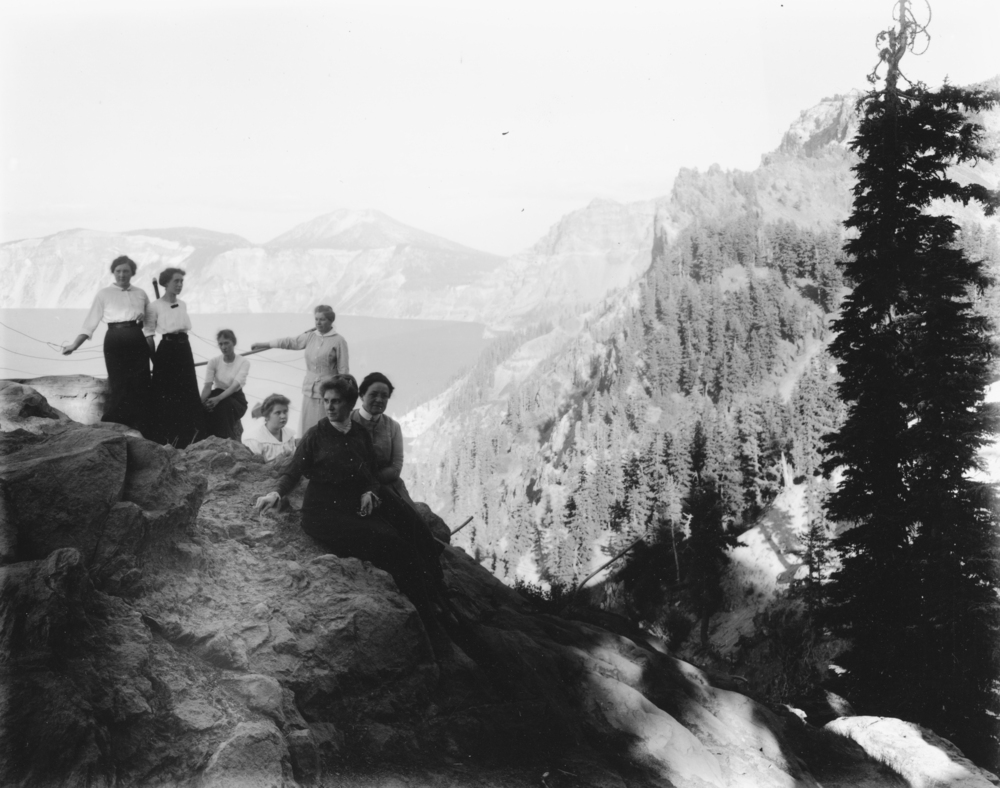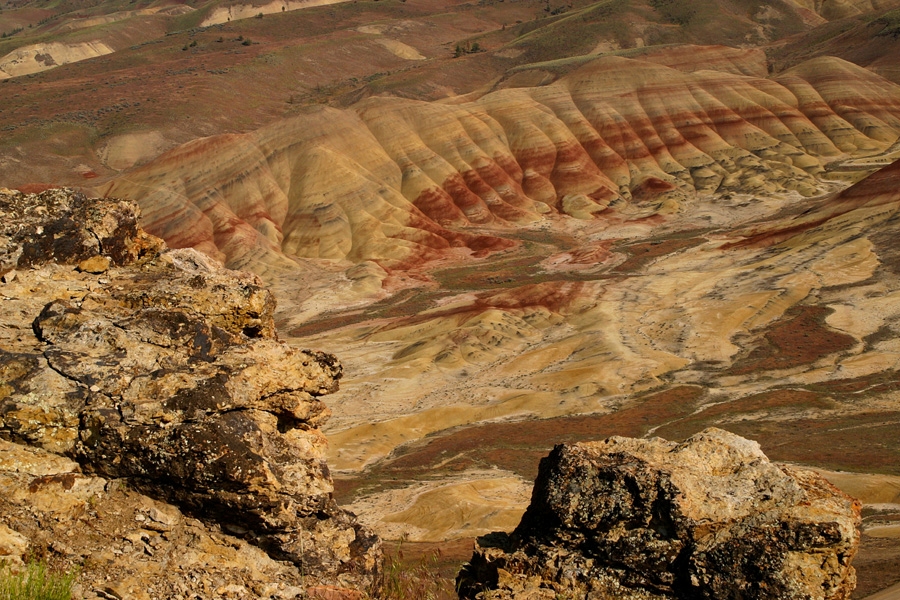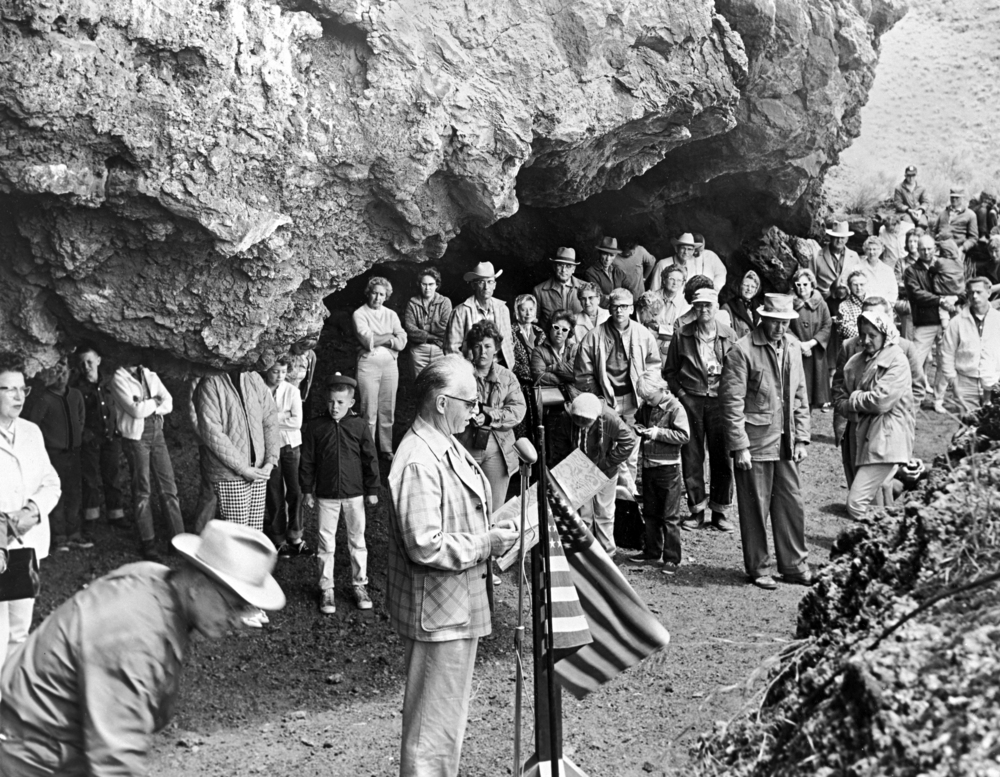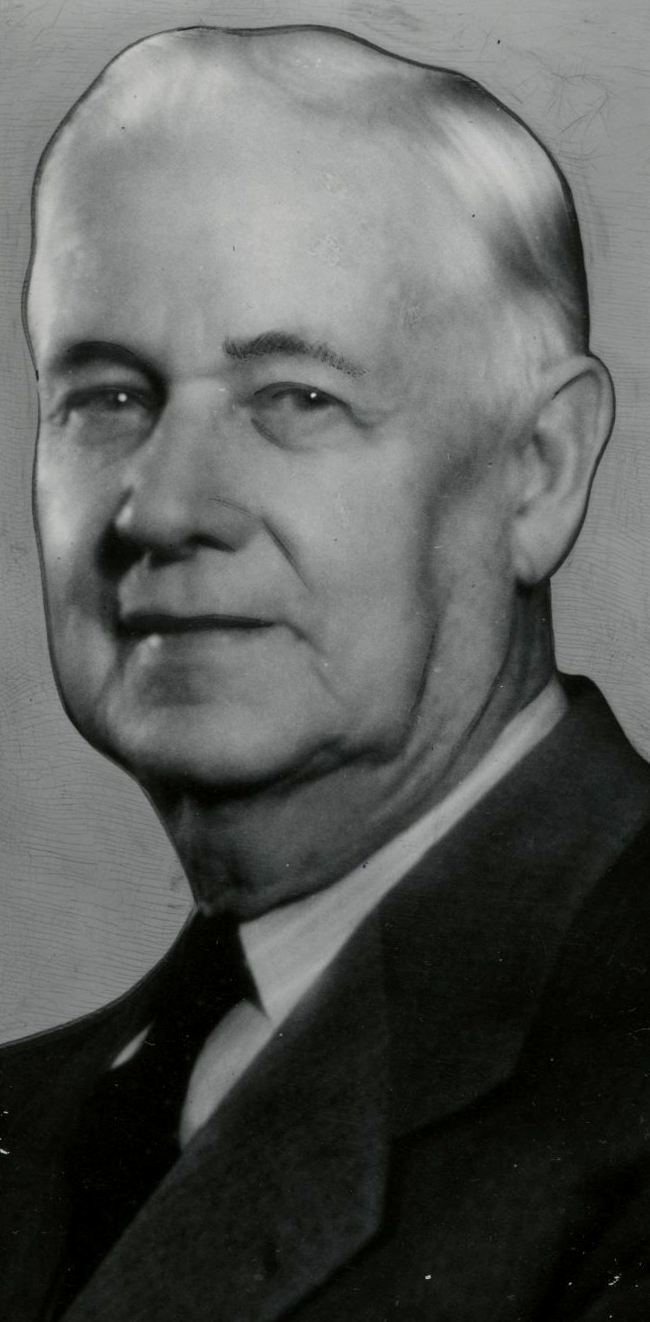Born in Iowa in 1869, John C. Merriam was a geologist, zoologist, and premier taxonomist who trained under such luminaries as Joseph Le Conte and Karl von Zitell. He achieved scientific prominence at the University of California at Berkeley, but away from the laboratory, he led expeditions to fossil localities in California, Nevada, and the Pacific Northwest.
Merriam's first university-sponsored field study in 1899 took him and several colleagues to eastern Oregon to what are known today as the John Day Fossil Beds. He was the first to recognize the significance of that place, where more than forty million years of evolutionary change can be seen in virtually unbroken sequence. The "splendidly illustrated" succession of fossil faunas broadly represents the Tertiary Period (65 million to 2 million years ago), a time when mammals had seized the top of the food chain from reptiles.
Before Merriam left Berkeley in 1920 to head the Carnegie Institution of Washington, a private foundation aimed at fostering scientific research, he co-founded the Save-the-Redwoods League and was its president. The coast redwood, a tree species whose ancestors extended before the Tertiary, represented "a living link in history" to Merriam. For decades, the League used his essay with that title to promote preservation of the few remaining redwood groves as California state parks.
In Oregon, Merriam took the first steps to have the John Day Fossil Beds set aside as a state park by persuading the highway commission to purchase land there in 1931. This effort put him in contact with State Parks Superintendent Sam Boardman, who thereafter consulted Merriam while making key acquisitions for what became the core of a state park system.
Merriam believed that intellectual curiosity and the search for meaning in nature should be the focus of public parks as an institution. At Crater Lake National Park, he facilitated the creation of a nature guiding, or "interpretation," program beginning in 1926. He tapped Carnegie money to augment federal funding for the Sinnott Memorial near the lodge at Rim Village, as an educational device to help visitors contemplate how the beauty of Crater Lake and its setting were the result of the relatively recent cataclysmic eruption of Mount Mazama.
Merriam's "study in appreciation of nature" lasted almost two decades and made him the namesake of two features at Crater Lake National Park. One is an underwater cone in Crater Lake; the other is on the rim, where elements of a "stirring story" on all sides fix visitors' attention to "the clear, overpowering picture of force in nature and this conception of time, endless in duration."
-
![]()
John C. Merriam at La Brea, Los Angeles, California.
Courtesy of U.C. Museum of Paleontology
Related Entries
-
![Crater Lake National Park]()
Crater Lake National Park
Crater Lake National Park, which the U.S. Congress set aside in 1902, i…
-
![John Day Fossil Beds National Monument]()
John Day Fossil Beds National Monument
John Day Fossil Beds National Monument, established in October 1975, sh…
-
![Luther Cressman (1897-1994)]()
Luther Cressman (1897-1994)
Known as the father of Oregon archaeology and anthropology, Luther Cres…
-
![Samuel H. Boardman (1874-1953)]()
Samuel H. Boardman (1874-1953)
As the first state parks superintendent in Oregon, serving from 1929 to…
Map This on the Oregon History WayFinder
The Oregon History Wayfinder is an interactive map that identifies significant places, people, and events in Oregon history.
Further Reading
Chaney, Ralph W. “John Campbell Merriam (1869-1945)." Yearbook of the American Philosophical Society. Philadelphia: American Philosophical Society, 1946.
Mark, Stephen R. “A Study in Appreciation of Nature: John C. Merriam and the Educational Purpose of Crater Lake National Park." Oregon Historical Quarterly 103 no.1 (Spring 2002).
Shotwell, Arnold. "Journal of First Trip of University of California to John Day Beds of Eastern Oregon." Museum of Natural History Bulletin 19. Eugene: University of Oregon, 1972.

